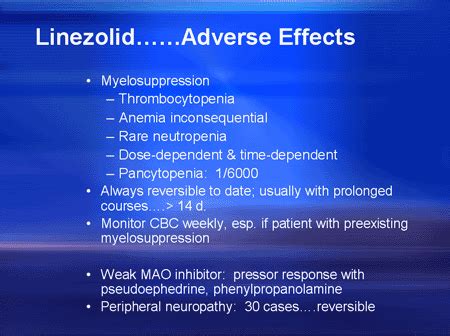Understanding the nuances of allergic reactions is crucial, especially when it comes to skin allergies. One of the most effective methods for determining whether a certain substance causes an allergic reaction on the skin is through an allergy patch test. This simple, yet informative test, has been a cornerstone in dermatology for diagnosing contact dermatitis and other skin allergies.
What is an Allergy Patch Test?
An allergy patch test is a method used to determine if a specific substance causes allergic inflammation of the skin. Any individual who suspects they have a skin allergy or has experienced unexplained skin rashes, redness, or itching after exposure to certain substances can benefit from this test. The process involves applying small amounts of potential allergens to the skin and observing the skin’s reaction over a period of time, usually a few days.
How is an Allergy Patch Test Performed?
The procedure for an allergy patch test is straightforward and non-invasive. Here’s a step-by-step breakdown:
Preparation: Before the test, patients are advised to avoid using topical corticosteroids or other treatments that could interfere with the test results. They are also asked to refrain from exposing the test area to the sun.
Application of Allergens: Small amounts of various substances (allergens) are applied to the skin, typically on the back, using small patches or stickers. These allergens can range from metals like nickel, to fragrances, preservatives, latex, and certain chemicals found in personal care products or industrial materials.
Waiting Period: The patches are left on the skin for 48 to 72 hours. During this time, the individual should avoid excessive sweating, direct sunlight, and tampering with the patches.
Reading the Results: After the waiting period, the patches are removed, and the skin is examined for any signs of an allergic reaction, such as redness, swelling, or blistering. The skin may be checked again after a few more days for any delayed reactions.
Interpreting the Results
The results of an allergy patch test can be quite telling. Here are some key points to consider:
- Negative Reaction: If no reaction occurs, it’s likely that the skin does not react to the tested substances, or the concentration was too low to elicit a response.
- Positive Reaction: The presence of redness, itching, or small blisters at the site of the patch indicates an allergic reaction. The severity of the reaction can vary from mild to severe.
- Delayed Reactions: Some allergic reactions might not appear until after several days, highlighting the importance of follow-up visits.
Why is the Allergy Patch Test Important?
This test is invaluable for several reasons:
- Diagnosis: It helps in diagnosing contact dermatitis and identifying specific allergens that cause skin reactions.
- Prevention: By knowing what substances to avoid, individuals can prevent future allergic reactions and manage their condition more effectively.
- Personalized Advice: Healthcare providers can offer personalized advice on how to avoid allergens, which products are safe to use, and how to treat any reactions that may occur.
Safety and Considerations
While the allergy patch test is generally safe, there are a few considerations:
- Discomfort: Some individuals might experience mild discomfort or itching during the test due to the adhesive or the substances being tested.
- False Negatives: It’s possible for the test to yield false-negative results if the concentration of the allergen is too low or if the individual’s immune system doesn’t react during the test period.
- Professional Supervision: The test should be conducted under the supervision of a healthcare professional to ensure accurate results and appropriate interpretation.
Conclusion
The allergy patch test is a powerful diagnostic tool that offers insights into skin allergies, enabling individuals to better understand their skin’s reactions and make informed decisions about their lifestyle and product choices. By understanding how this test works and what its results signify, individuals can take proactive steps towards managing their allergies and improving their quality of life.
What is the purpose of an allergy patch test?
+The purpose of an allergy patch test is to identify substances that cause allergic reactions on the skin, aiding in the diagnosis and management of contact dermatitis and other skin allergies.
How long does an allergy patch test take?
+The patches are typically left on the skin for 48 to 72 hours, after which they are removed and the skin is examined for reactions. Follow-up visits may be required to check for delayed reactions.
Can anyone undergo an allergy patch test?
+Yes, anyone who suspects they have a skin allergy can undergo this test. However, it’s crucial to consult with a healthcare provider beforehand, especially if you have a history of severe allergic reactions or are currently using medications that might interfere with the test results.



